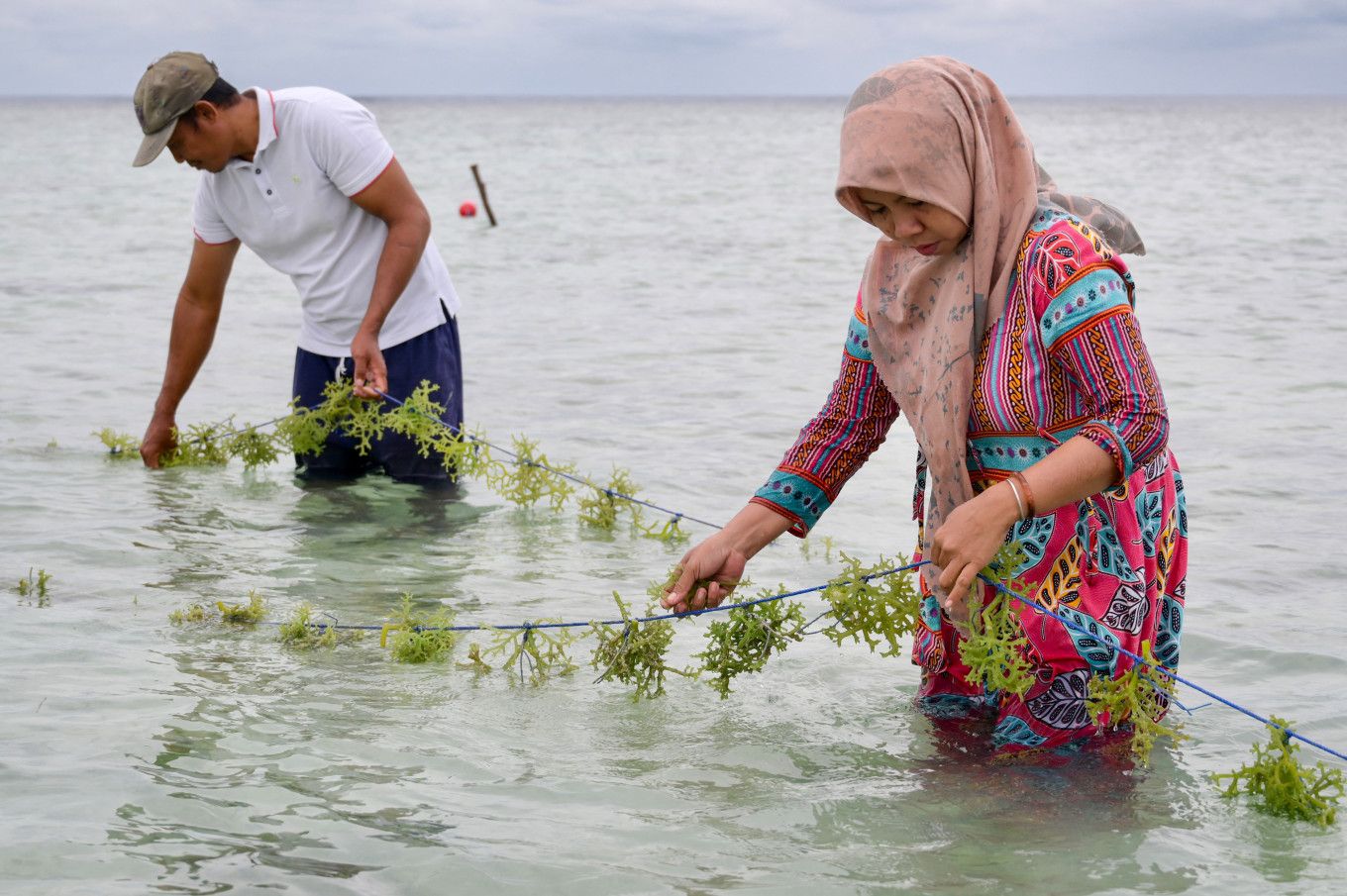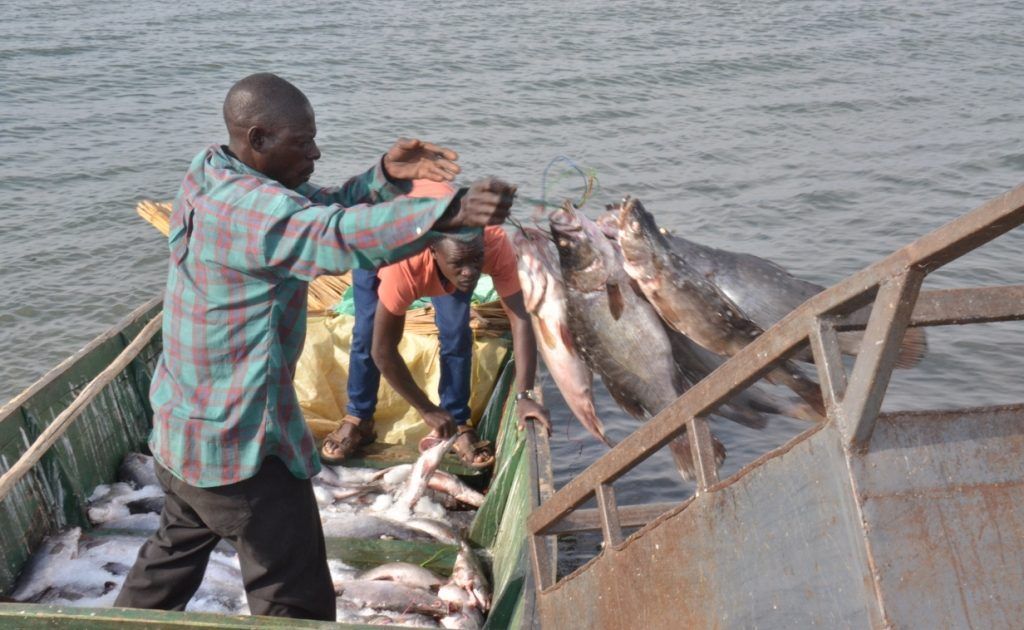Discover The Blue Economy in Kenya
Key Take-aways from this Story
Introduction
The Blue Economy refers to the sustainable use of ocean, sea, lake, and other water resources for economic growth, improved livelihoods, and job creation, while preserving the health of aquatic ecosystems. In Kenya, the Blue Economy is a national development priority, given the country’s extensive coastline along the Indian Ocean and significant inland water bodies such as Lake Victoria, Lake Turkana, and Lake Naivasha.
Key Sectors of Kenya’s Blue Economy
1. Fisheries and Aquaculture
Fisheries, both marine and freshwater, are fundamental to Kenya’s Blue Economy. Small-scale fisheries dominate the marine sector, employing thousands and contributing substantially to food security and rural livelihoods. Aquaculture is being promoted to reduce pressure on natural fish stocks and increase fish production sustainably. However, the sector remains underexploited due to limited infrastructure and technology.
2. Maritime Transport and Port Development
Kenya’s strategic location along the Indian Ocean makes it a hub for maritime trade in East Africa. The development of ports such as Mombasa, Lamu, and planned fishing ports in other coastal towns is central to enhancing maritime logistics, trade efficiency, and job creation. Investment in port infrastructure is also expected to boost regional integration and economic competitiveness.
3. Coastal and Marine Tourism
Tourism along Kenya’s coast is a vital part of the Blue Economy. The coastal region offers pristine beaches, coral reefs, and rich marine biodiversity, attracting both domestic and international tourists. Sustainable tourism initiatives are being emphasized to protect marine ecosystems while generating economic benefits for local communities.
4. Marine Biotechnology and Seaweed Farming

Marine biotechnology is emerging as a promising area within the Blue Economy. Seaweed farming, in particular, has seen growing interest due to its economic and ecological benefits. It provides alternative livelihoods for coastal communities, especially women, and is a source of raw material for various industries, including pharmaceuticals, cosmetics, and food processing.
5. Renewable Ocean Energy
Kenya is exploring renewable energy sources from its marine and inland waters, including offshore wind, tidal, and solar energy. These initiatives aim to diversify energy sources, reduce dependence on fossil fuels, and support the transition to a green economy.
Government Strategies and Development Plans
The Government of Kenya has adopted a multifaceted strategy to harness the potential of the Blue Economy. Key interventions include:
-Development of infrastructure such as landing sites, ports, and cold storage facilities
-Promotion of sustainable fishing and aquaculture practices
-Establishment of marine spatial planning frameworks to manage marine and coastal resources
-Investment in research, innovation, and capacity building
-Strengthening of policy and regulatory frameworks
These measures are designed to maximize economic benefits while ensuring environmental conservation and social inclusion.
Economic Potential
The Blue Economy has significant untapped economic potential in Kenya. Current estimates suggest that it contributes tens of billions of shillings to the national economy annually. With strategic investment and sustainable management, the contribution could grow exponentially, offering thousands of jobs and supporting industrial development in sectors such as fisheries, logistics, tourism, and renewable energy.
Challenges and Constraints
Despite its potential, Kenya’s Blue Economy faces several challenges:

-Overfishing and Illegal Fishing: These practices threaten fish stocks and marine biodiversity.
-Climate Change: Rising sea levels, coastal erosion, and changing weather patterns affect marine habitats and livelihoods.
-Limited Infrastructure: Inadequate port facilities, fish handling, and processing infrastructure hinder sector growth.
-Weak Governance and Coordination: Fragmented institutional frameworks and enforcement issues slow progress.
Opportunities for Growth
Kenya can capitalize on several opportunities to grow its Blue Economy:
-Public-Private Partnerships: Collaborations with the private sector can unlock investment and innovation.
-Gender Inclusion: Empowering women in coastal and marine enterprises can boost community resilience and economic outcomes.
-Regional Cooperation: Engaging with neighboring countries through regional bodies can enhance sustainable use and management of shared water resources.
-Education and Capacity Building: Investing in skills development and research will enhance productivity and innovation in the sector.
Conclusion
The Blue Economy in Kenya represents a transformative avenue for sustainable development. By leveraging its aquatic resources responsibly and addressing structural challenges, Kenya can achieve inclusive economic growth, enhance food security, and promote environmental sustainability. A coordinated, well-regulated, and inclusive approach will be essential to realizing the full potential of the Blue Economy.





0 comments